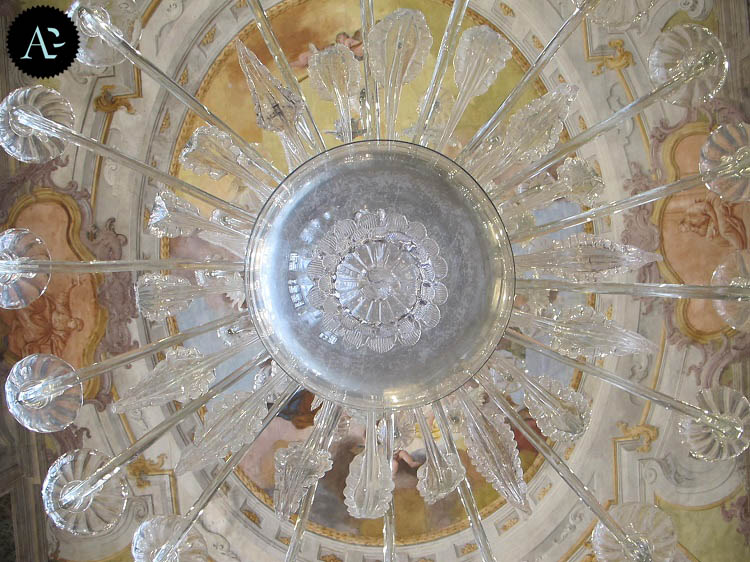
To learn about the history of a city, I believe it is essential to visit the museums that preserve the history and works of a place. However, when you visit Venice’s museums you discover new aspects not only of the city and its history but also of the history of mankind.
In fact, visiting the Murano Glass Museum means understanding why this particular type of glass is so prized and how old the tradition of glassmaking is in Venice, a city where, with the craftsmanship handed down from the ancients, a unique material that is always capable of being modern is still produced.
Murano is one of the many islands in the Venetian lagoon and is world-famous for its glasswork, which has been produced here for centuries. The history of glass is told in the Glass Museum.
Murano Glass Museum
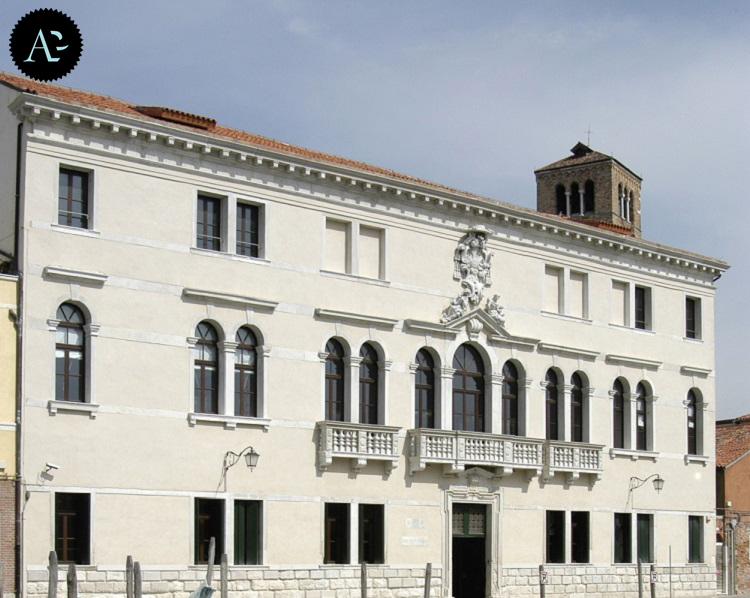
The glorious history of Murano glass began with the founding of Venice, whose first inhabitants were familiar with the Roman production technique, but it was in 1291 that glass began to be produced on the island, as in that year all the glassworks built in Venice were destroyed by numerous fires and it was decided to rebuild them all on the island of Murano.
THE GLASS MUSEUM
The Glass Museum was founded in 1861 with the intention of creating an archive on the history of the island of Murano, but as it is linked to the art of glassmaking, the collection of glass objects soon occupied all available space and took over the archive documents.
The Palazzo in which the Museum is located is Gothic and was once the home of a noble family, later becoming the residence of Marco Giustinian, Bishop of Torcello, who moved the seat of his diocese here.
It was precisely in those years that the Palace underwent extensive renovations, of which the ceiling of the central hall, a work by Francesco Zugno (1709-1787) depicting the ‘Triumph of San Lorenzo Giustiniani’, the first Patriarch of Venice, remains a testimony.
The Palazzo remained the seat of the Diocese of Torcello until 1805 and in 1840 it became the property of the Municipality of Murano, which supported the creation of the Museum.
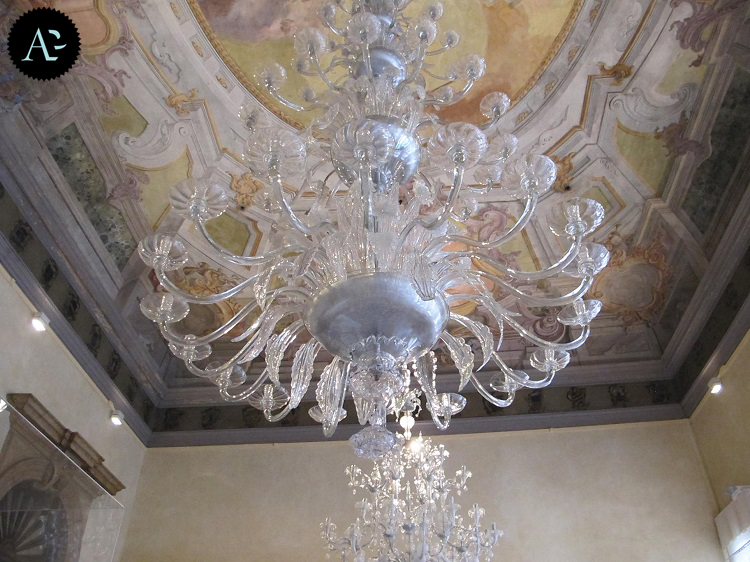
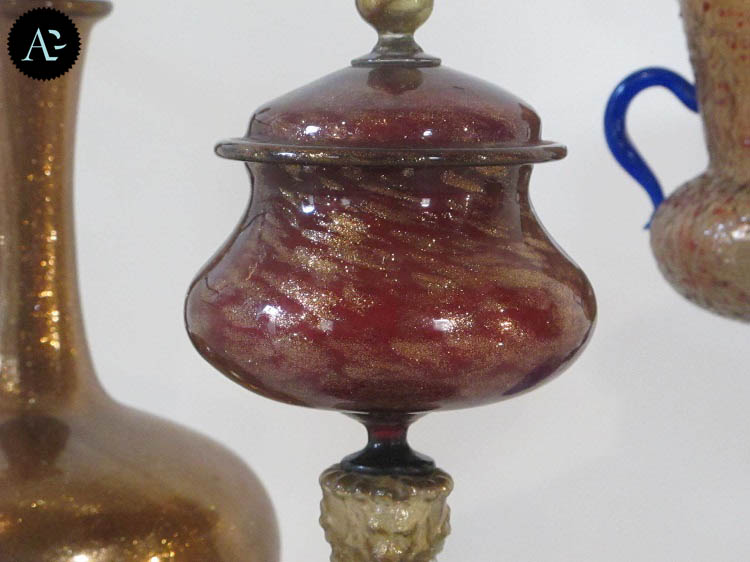
THE LINK BETWEEN THE MUSEUM AND THE GLASSWORKS
Initially, in addition to the archive on the island of Murano’s activities and the collection of works, the activities also included a school where glassblowers could study drawing and glass from the past, immediately denoting the institution’s strong link with the Murano furnaces, which have always sought to renew techniques and styles, while being aware of traditions.
In 1923, with the annexation of Murano to the Municipality of Venice, the Glass Museum became part of the city’s museum circuit. Its collections were reorganised and enriched with antique and Renaissance glass from other collections.
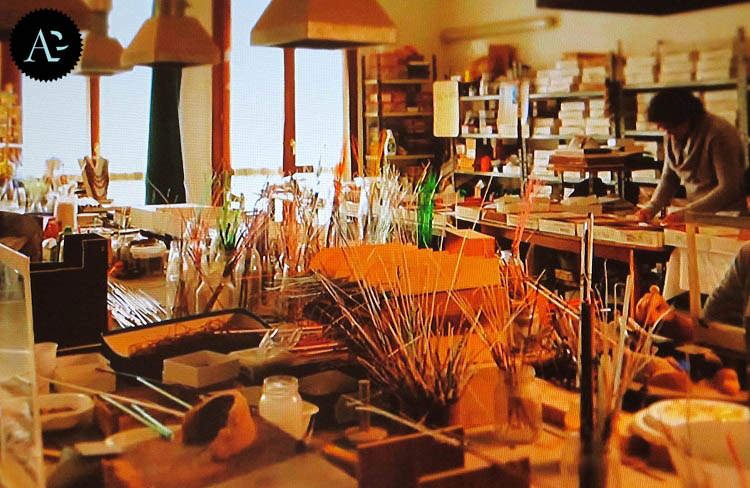
NEW GLASS MUSEUM LAYOUT
In 2015, the Museum was reopened to the public after a completely renovated layout, and presents itself as a cultural sentinel where the history of Murano Glass is told through a collection made up of precious glass from the past, but which looks to the future with new works of contemporary glass that bear witness to a history that is not yet over.
The tour is chronological and traces more than seven hundred years of Murano Glass history, allowing visitors to learn more about the techniques that make this glass so precious.
The work not to be missed at the Glass Museum is certainly the Coppa Barovier, the masterpiece of glassmaking in the Renaissance period.
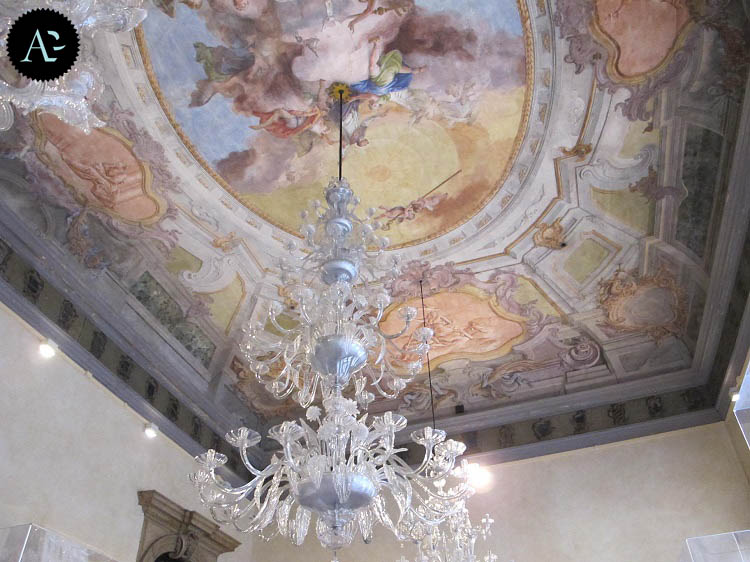
GLASS MUSEUM EXPANSION
Venetian museums, custodians of thousands of years of history, are constantly undergoing transformation and expansion.
The Glass Museum is not excluded from this process, which only wants to enhance the rich collections and continue to be a point of reference for study, research and welcoming visitors from all over the world. This is why an expansion phase has begun for the Murano Glass Museum.
The Murano Glass Museum recently received approval for an ambitious expansion project from the Venice City Council and the Fondazione Musei Civici. This project involves the integration of the former Conterie spaces, which were already radically renovated in 2015, with new rooms designed to enhance the Murano glassmaking tradition.
With an investment of more than 5 million euros, the museum is about to experience an unprecedented renovation phase.
The goal is to create new exhibition spaces for the works of the master glassmakers, narrators of a history rooted in Venetian tradition, and to allow future generations to discover one of the excellences of the city of Venice. The expansion represents, in fact, a crucial step in enhancing one of Venice’s most renowned artistic and artisanal productions.
The museum expansion will transform 1,300 square meters of space to display Murano glass works and a selection of the most significant chandeliers of the 21st century. A multimedia exhibition hall with 150 seats for lectures and performances will also be set up, enriching the cultural offerings with a modern and inclusive approach.
This initiative is part of a broader framework for the enhancement of the art of glass, with the aim of creating an international reference center for the protection, knowledge and dissemination of this ancient tradition.
With the imminent publication of the call for tenders for the realization of the project and the start of work scheduled for the end of 2024, Venice is preparing to offer its visitors and the international community an extraordinary new window on the world of glass art and craftsmanship.
INFO
Museo del Vetro di Murano
Fondamenta Giustinian, 8
Isola di Murano

